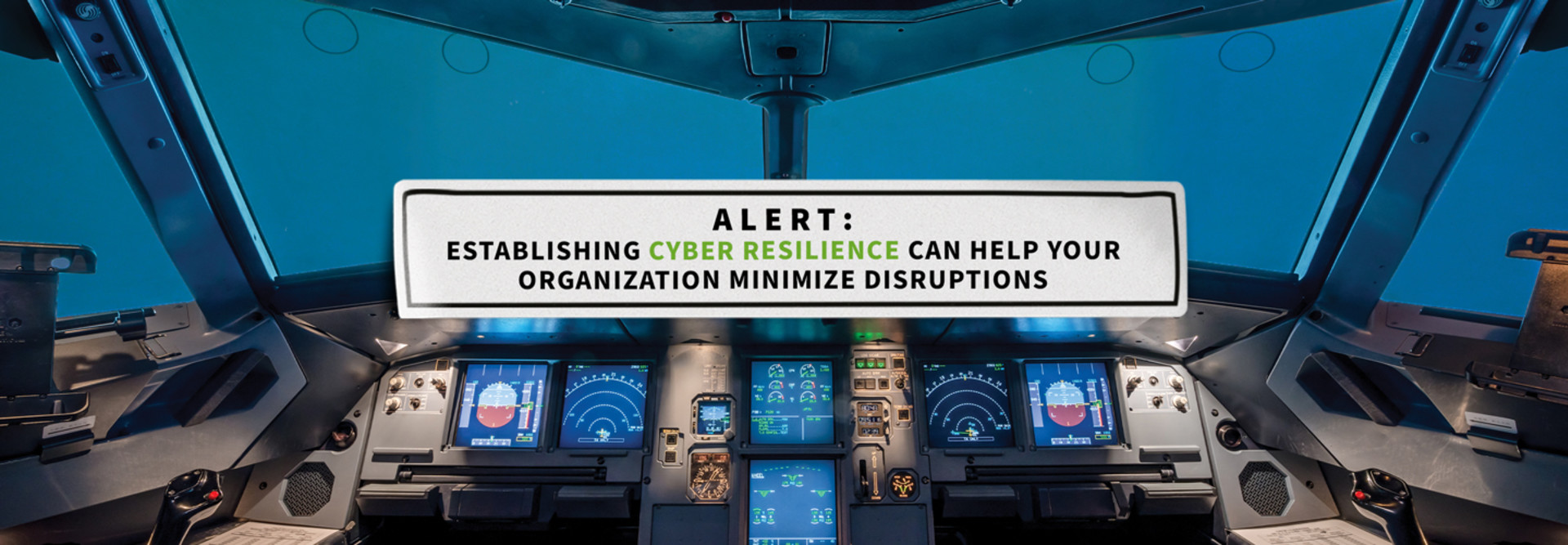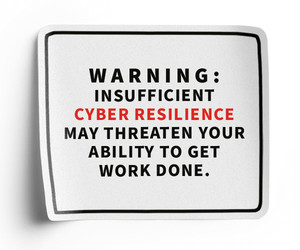The Core Components of a SOAR Solution
SOAR brings incident response, automation and orchestration, and threat intelligence together in a central solution.
Unlike security solutions that can impose the burden of yet another tool to manage, SOAR is designed to reduce the effort required of the IT team. A unique combination of capabilities aims specifically to improve workflow and collaboration. The main components are:
- Security orchestration, which coordinates and manages security processes across multiple systems, tools and teams
- Automation, which removes the burden of performing routine and repetitive tasks when responding to incidents, such as gathering threat intelligence and executing response actions
- Response, which implements customizable playbooks or workflows that can guide analysts through the steps to take during an incident, with predefined actions, decision trees and communication templates
- Integration, which brings together threat intelligence platforms, incident response tools, security information and event management (SIEM) solutions and more
- Analysis, which provides context to security alerts to help prioritize incidents with a understanding of their severity and relevance to the organization
Additional capabilities of SOAR come to the fore during a security incident: Teams overwhelmed by chaos and stress often find it difficult to effectively communicate with other members of the extended team. SOAR provides a central platform for information sharing, improving collaboration among team members. In addition, information collected during the incident can help the team analyze its response and improve processes in the future.
How SOAR Differs from SIEM
SOAR is sometimes assumed to be similar or identical to SIEM, but the differences in focus, functionality and approach are significant.
Focus
- The focus of SIEM is to collect data from various sources to identify security incidents and generate alerts. SIEM solutions support threat detection, compliance and incident management.
- The focus of SOAR solutions is to provide incident response and workflow efficiency through automation and orchestration.
Functionality
- SIEM uses a broad range of log event collection and management, incorporating the ability to analyze and correlate log events across multiple sources. SIEM provides alerts to the security team, helping it gain insight into past and current events via dashboards and reporting.
- SOAR solutions extend the capabilities of SIEM by prioritizing security alerts, automating threat hunting at scale, implementing response actions through playbooks, automating repetitive tasks and orchestrating workflows. All of this enhances the efficiency of the security team, enabling it to respond quickly and consistently to security incidents.
Approach
READ MORE: MemorialCare values partnerships for healthcare cybersecurity.
While SIEM is reactive, delivering insights into past and current events, SOAR aims to proactively enable faster and more efficient incident response. The two solutions can work in concert: SOAR can extend the capabilities of SIEM to provide a more robust, efficient security infrastructure. Certain SOAR solutions, for instance, can synchronize with SIEM to help the IT team streamline complex workflows and avoid alert fatigue.
How SOAR Supports Healthcare
Perhaps no industry can benefit from automation and orchestration more than healthcare. Organizations, responsible for vast amounts of personal data, find themselves in the crosshairs of malicious actors. This data is lucrative: Stolen medical records are 10 to 40 times more valuable than credit card numbers. Cybercriminals continue to target healthcare with increasingly sophisticated attacks.
Overextended healthcare IT security teams are pulled in many directions as they struggle to maintain vigilance over their complex, highly connected environments, detecting cyberattacks and adapting to evolving threats. These teams, already stretched thin, must also manage unwieldy (often legacy) systems; maintain interlinked systems such as electronic health records, medical devices and applications; and ensure regulatory compliance. At the same time, they must continue to conduct regular risk assessments, restrict network access and provide security awareness training to employees.
SOAR automation and orchestration can help by reducing work for healthcare IT teams, collecting and making sense of multiple events identified by various security tools, and consolidating them into a single view. As a result, healthcare IT teams can work smarter and respond more quickly and accurately. SOAR can act as a force multiplier at a time when such power is sorely needed.
UP NEXT: Healthcare organizations can use these solutions to build up their cyber resiliency.












